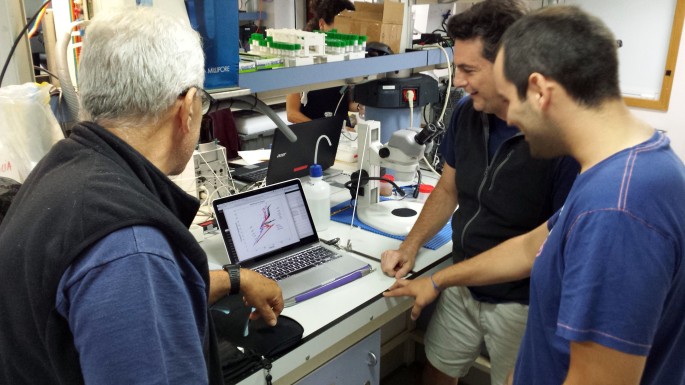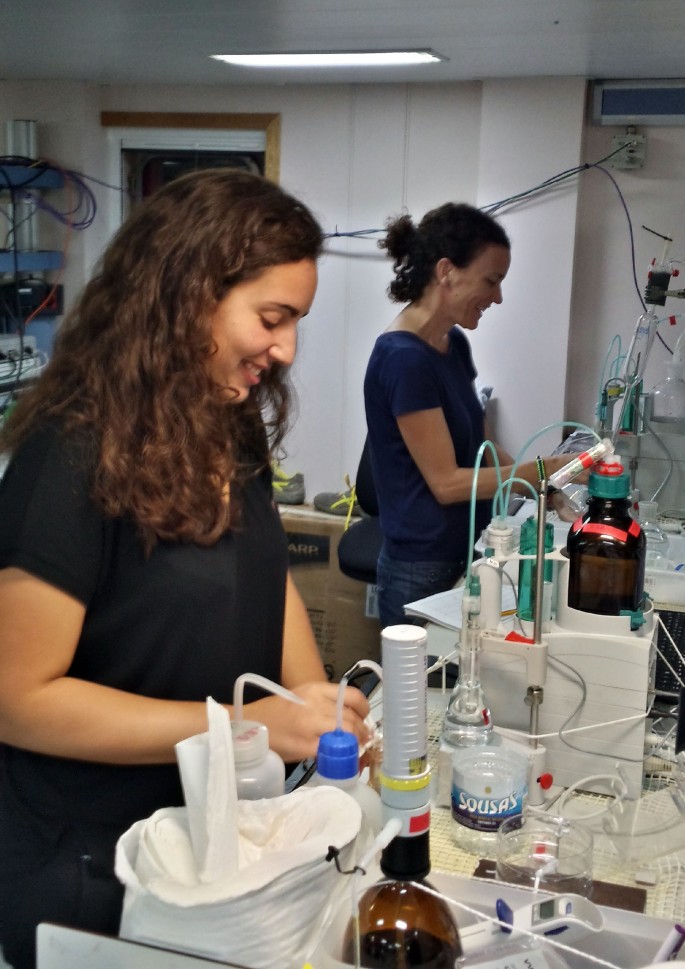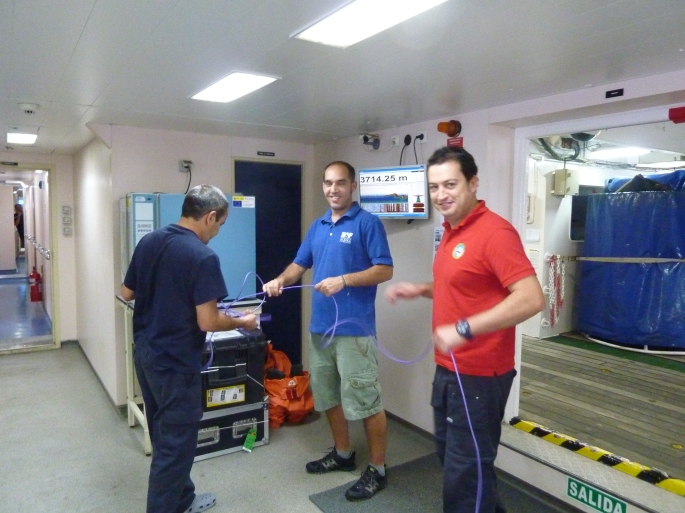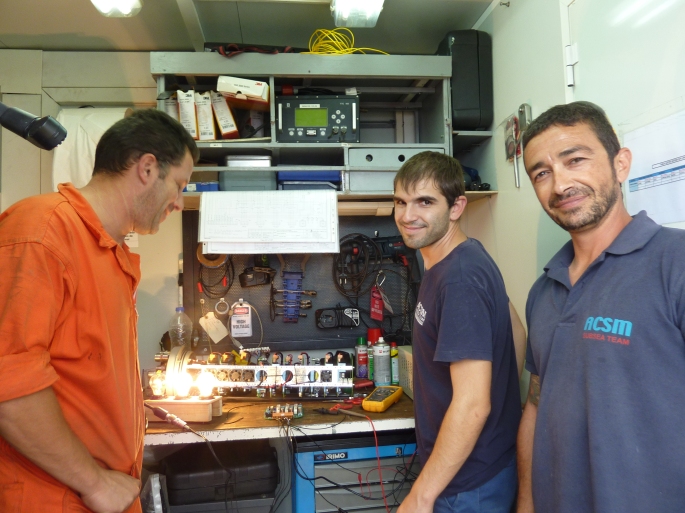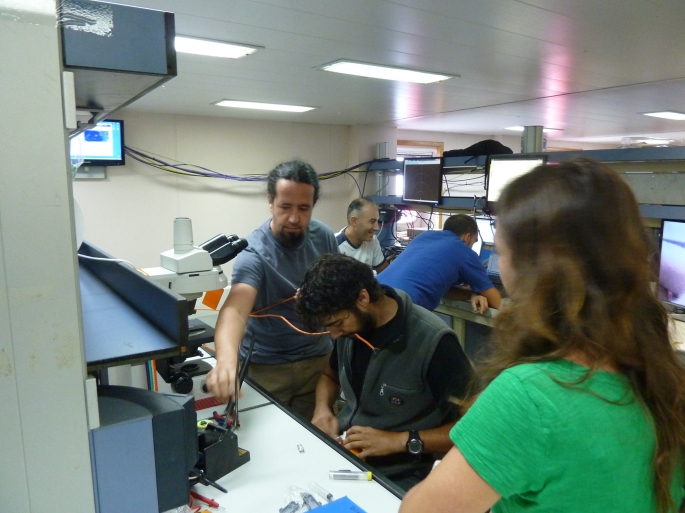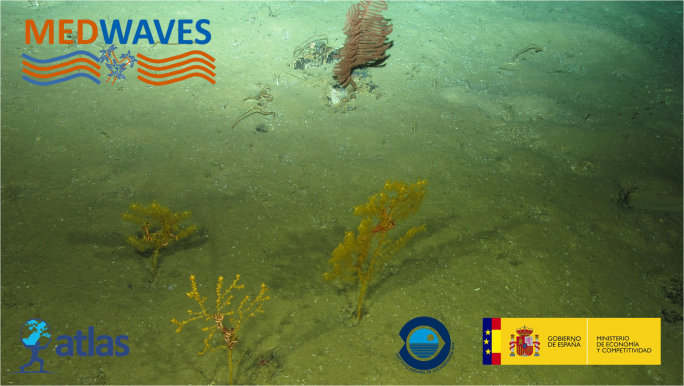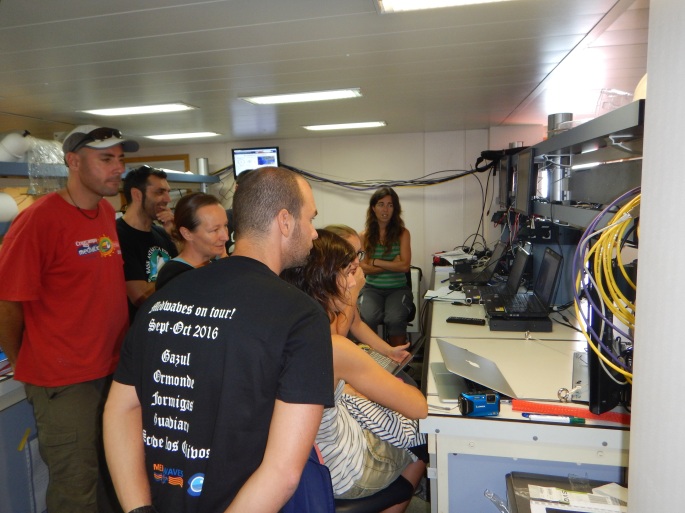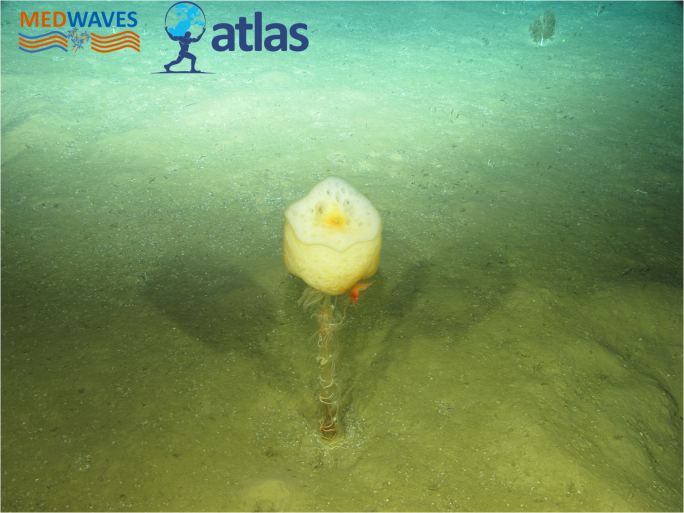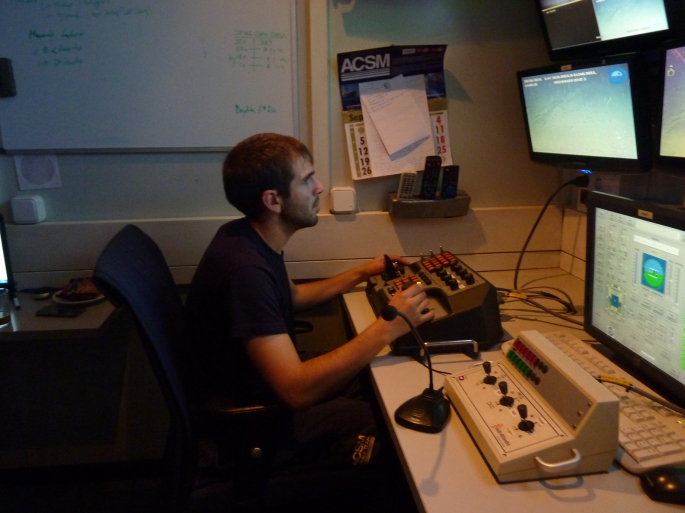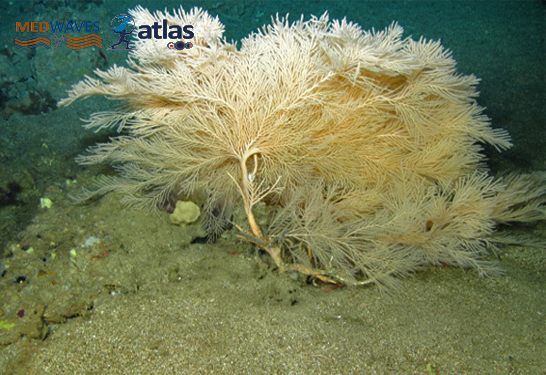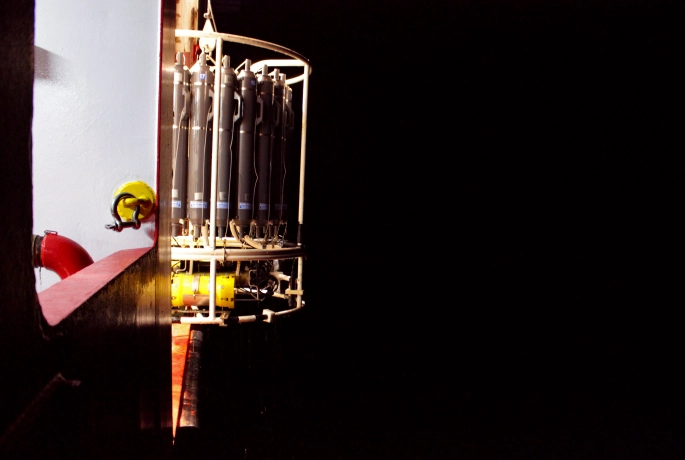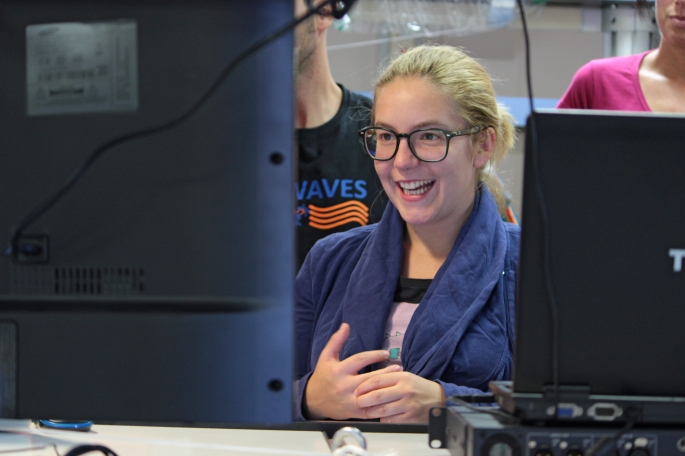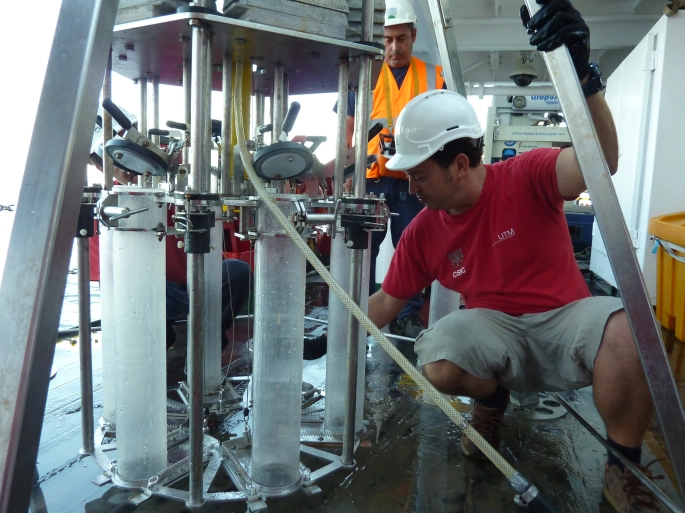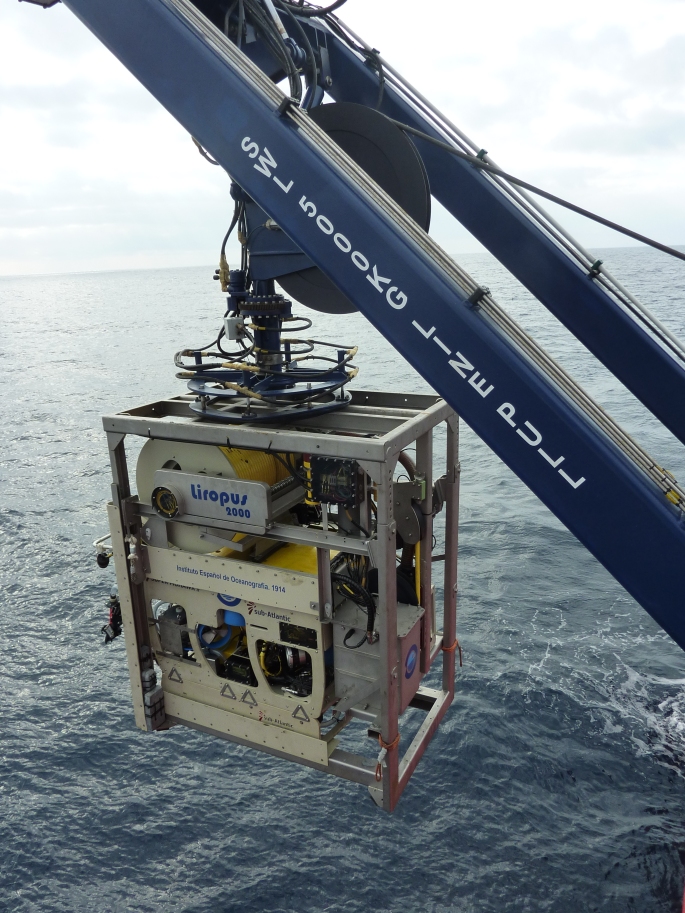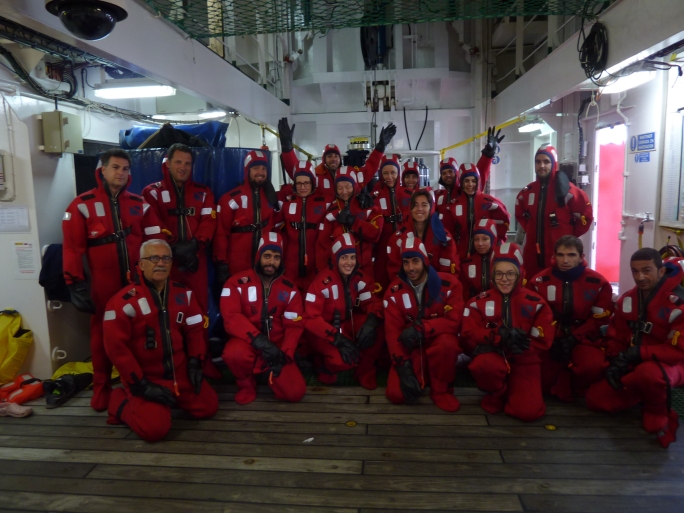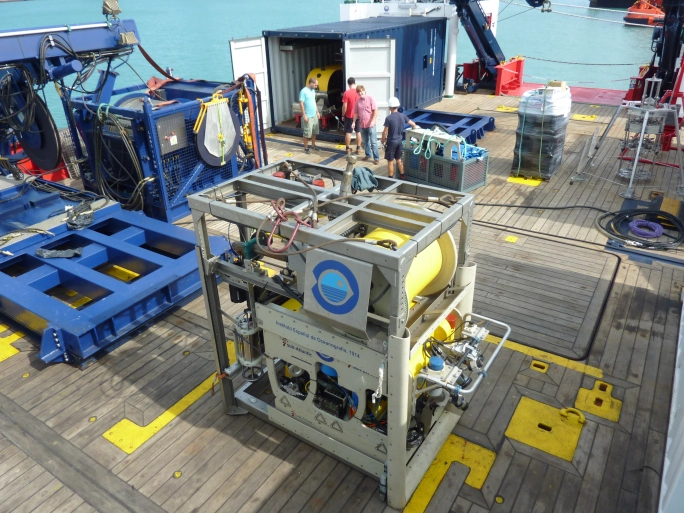by Cova
In the previous post we have been presenting part of our activities, some of the research teams, the fundamental work of the technical staff on board and we will continue doing so in coming posts during the next days, but on the top of all of this…we are working and living in a vessel.
The Sarmiento de Gamboa is like a tiny city. During these 36 days this boat is our home, but we are just for a couple of weeks here, the real inhabitants of the vessel are the crew. They spend many months per year on board and they make possible our work and live on board.
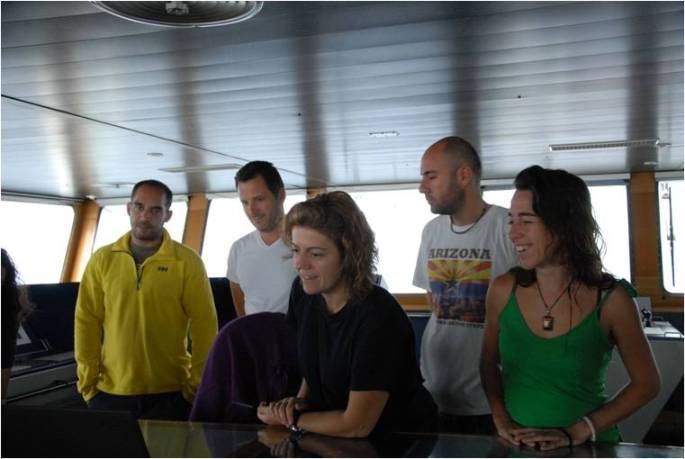
From the bridge trought the deck until the engine, there are 20 people here taking care of us and our work and making our life easy and comfortable on board.
Thanks to the captain Maria, and the officers, Arnau and Juan Carlos we can reach our research targets, and from the bridge they drive the vessel and make possible to reach the exact positions where we would like to conduct our sampling and ROV transects. In the bridge, Fidel, Estefanía and Ilona as bridge students are also part of the team and actively participate in the tasks concerning the vessel navigation.
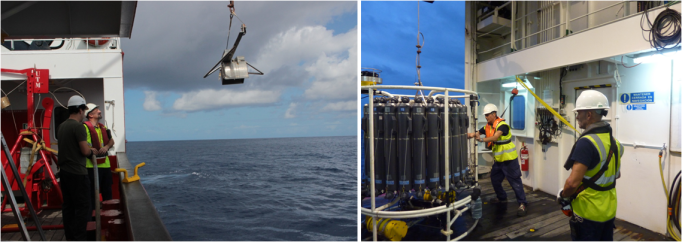
The deck crew: Juan, the bosun, together with Alberto, Oscar, Antonio and Manuel deploy with the support from the UTM all our sampling gears and take care of the common spaces on board keeping them tidy for us. On board you can see a sailor deploying a gear and 5 minutes later is cleaning the floor or fixing something in other part of the boat, they have a hard work which sometimes is not visible… just because everything looks perfect all the time.
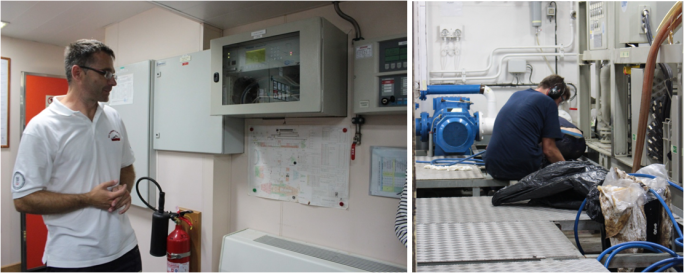
Beside the crew directly involved in our research activities, there are other professionals essential on board: the people working in the machine are the ones which make this city work, as without them we will not have power, water, etc etc. This part of the crew lives in the depths of the vessel and they are Mario, the chief engineer, and its crew: Pablo as first officer and Gabriel, Alejandro and Eduardo as oilers. Also in the engine Jose is a student learning the mysteries of the vessel heart.
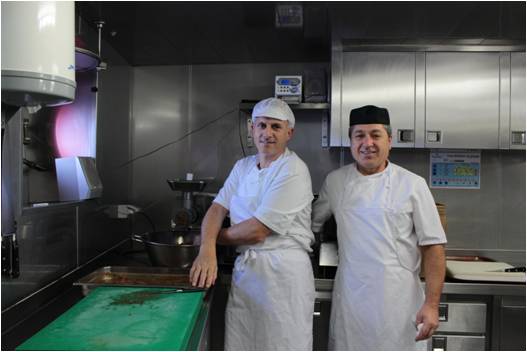
Another fundamental aspect on board is the food and we have on board two fantastic chefs: José and Salva offer us every day delicious and varied food which is something really important to encourage people keep working and highly contribute to the good mood on board.
Crews of research vessels are frequently not very visible in the scientific scene but…without the crew working 24 hours for us…no oceanography!
Many greetings from the Sarmiento de Gamboa!


